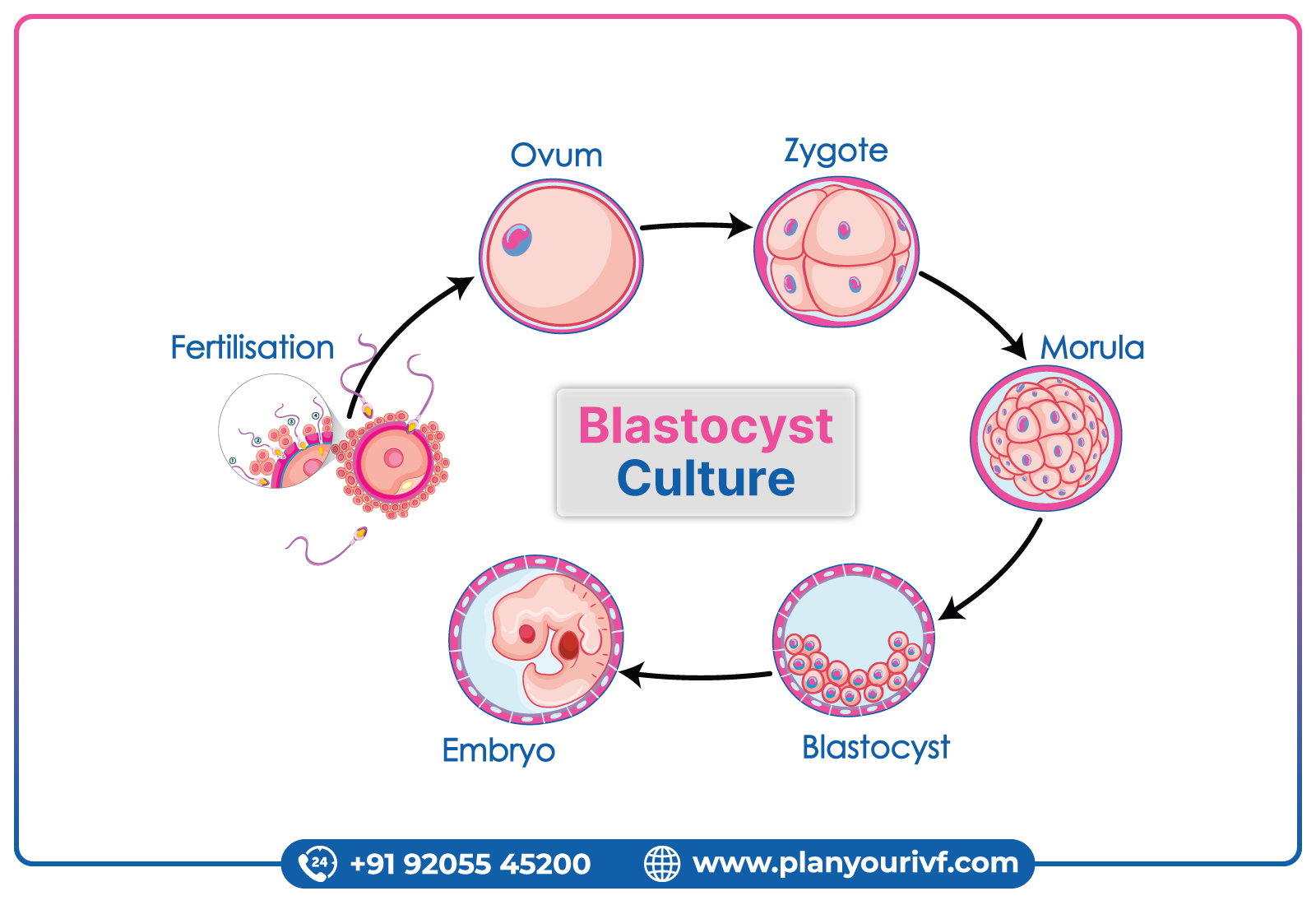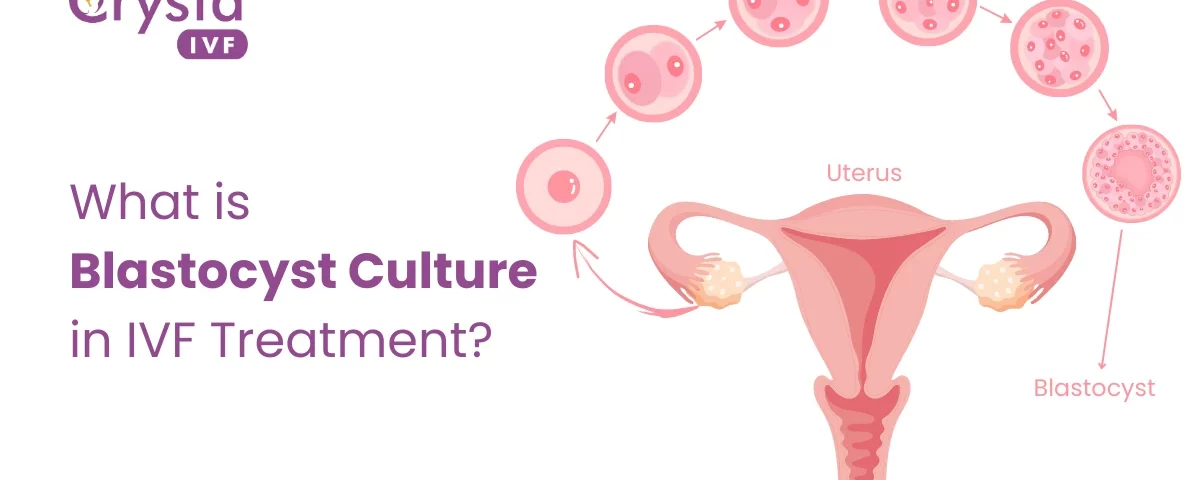Single Blastocyst Culture IVF: Your Ultimate Guide to a Game-Changing Fertility Journey
Hey there! If you’re diving into the world of IVF (In Vitro Fertilization), you’ve probably heard of Single Blastocyst Culture, or SBC IVF. It’s a hot topic among hopeful parents, fertility buffs, and even casual readers who love a good science-meets-life story. But what’s the real scoop? Why does it matter to YOU? And what juicy details—think hidden quirks, fan-favorite facts, and practical tips—don’t usually make it to the headlines?
Buckle up, because we’re about to unpack everything you need to know about SBC IVF in a way that’s fun, friendly, and packed with value. From the science behind it to the latest research, practical steps, and even some surprising tidbits (did you know some clinics have “embryo playlists”?), this guide is your one-stop shop. Let’s get started!
What Is Single Blastocyst Culture IVF, Anyway?
Picture this: You’re baking cookies, but instead of pulling them out half-done, you let them bake until they’re golden and perfect. That’s kind of what Single Blastocyst Culture IVF is like. In traditional IVF, doctors often transfer embryos into the uterus after just 2 or 3 days (called the cleavage stage). With SBC IVF, they wait until day 5 or 6, when the embryo reaches the blastocyst stage—a more developed, tougher little survivor.
Why Wait? The Big Idea
The blastocyst stage is like the embryo’s “teen years”—it’s got more cells (about 100-200!) and a clearer structure, with an inner cell mass (future baby) and an outer layer (future placenta). Waiting this long helps doctors pick the strongest contender for transfer, usually just one embryo (hence “single”). This cuts down on multiple pregnancies (twins, triplets) and boosts success rates.
A Peek Behind the Scenes
Here’s a fun fact: Some embryologists swear by watching blastocysts under the microscope like it’s their favorite reality show. They’ll tell you each embryo has its own “personality”—some grow fast, some take their sweet time. It’s not just science; it’s a little bit of art too!

Why SBC IVF Is a Fan Favorite
Fans of SBC IVF—and yes, there’s a whole community out there—love it for reasons beyond the lab. It’s not just about success rates (though those are pretty sweet). It’s about the emotional perks, the process, and the little-known quirks that make it special.
Higher Success Rates: The Numbers Don’t Lie
Studies show blastocyst transfers can bump up pregnancy rates by about 20% compared to day-3 transfers. Why? Because only the toughest embryos make it to day 5. It’s like nature’s own quality control.
Fewer Multiples, Less Stress
Twins might sound cute, but multiple pregnancies come with risks like preterm birth or low birth weight. SBC IVF focuses on one strong embryo, so you’re more likely to have a single, healthy baby. Less worry, more joy!
The “Hobby” Angle: Embryo Updates
Here’s where it gets personal. Some clinics let patients peek at daily embryo updates—photos or videos of their little blastocysts growing. It’s like getting baby pics before the baby’s even here! Couples have been known to turn these updates into scrapbooks or even name their embryos (think “Blasty” or “Growzilla”). It’s a quirky hobby that keeps you connected during the wait.
How Does SBC IVF Actually Work?
Let’s break it down step-by-step so you can see what’s happening behind the scenes. No fancy jargon—just a clear, friendly rundown.
Step 1: Egg Retrieval and Fertilization
It starts like any IVF cycle: Doctors stimulate your ovaries with hormones, collect eggs, and mix them with sperm in the lab. Easy peasy, right?
Step 2: The Waiting Game
Here’s where SBC shines. Instead of rushing to transfer embryos on day 3, the lab team lets them grow in a special culture medium—a nutrient-rich “soup” that mimics the womb. Think of it as a cozy incubator with perfect lighting and vibes.
Step 3: Picking the Star
By day 5 or 6, embryologists check which embryos have reached blastocyst status. They use a grading system (like A, B, C) based on appearance and growth. The best one gets the spotlight for transfer.
Step 4: Transfer Time
Using a thin tube, the doctor places the single blastocyst into your uterus. It’s quick, painless, and you’re usually out the door in no time.
Step 5: The Two-Week Wait
Now you wait—fingers crossed—for that positive pregnancy test. This part’s universal in IVF, but with SBC, you’ve got a stronger shot at good news.
The Science Behind SBC IVF: What’s New in 2025?
Science nerds, this one’s for you! Recent research is making SBC IVF even more exciting. Let’s dig into the latest findings and what they mean for you.
Single vs. Sequential Media: The Debate
Labs use special liquids (media) to grow embryos. Some use a “sequential” approach—switching formulas as the embryo grows—while others stick to a single medium the whole time. A 2024 study in the Journal of Assisted Reproduction and Genetics found no huge difference in success rates between the two. So, it’s more about what your clinic’s comfy with. Cool, right?
Time-Lapse Tech: Embryo TikTok?
Some clinics now use time-lapse imaging—cameras that snap pics of embryos every few minutes. It’s like a mini movie of their growth! Research from 2023 showed this tech can boost success rates by 10-15% because it helps spot the healthiest blastocysts without disturbing them.
Expert Insight
Dr. Jane Miller, a fertility specialist in California, says, “Time-lapse imaging is like having a front-row seat to your embryo’s journey. It’s not just data—it’s hope in motion.” Pretty inspiring, huh?
Pros and Cons of SBC IVF: What Fans and Critics Say
No fertility treatment’s perfect, so let’s weigh the good and the not-so-good. This is where a lot of online chatter comes in—people want the full picture!
The Pros
✔️ Higher Success Rates: That 20% boost is a big deal.
✔️ Fewer Multiples: Safer for you and baby.
✔️ Better Selection: Only the strongest embryos make it to transfer.
✔️ Emotional Perks: Those embryo updates? Pure gold for anxious parents-to-be.
The Cons
❌ Fewer Embryos Survive: Not all embryos reach day 5, which can feel like a loss.
❌ Longer Lab Time: More days in culture means higher costs (think $500-$1,000 extra).
❌ Not for Everyone: If you have fewer eggs or embryos, day-3 transfers might be safer.
Real Talk: Is It Worth It?
If you’ve got a decent number of embryos and can handle the wait, SBC IVF’s a solid bet. But if you’re working with just a couple, chat with your doctor about what’s best for you.
Practical Tips for Your SBC IVF Journey
Ready to dive in? Here’s how to make the most of it—straight from the trenches of fertility forums and clinic waiting rooms.
Before You Start
- Ask About Culture Media: Single or sequential? Time-lapse tech? Know what your clinic’s using.
- Boost Your Egg Quality: Load up on antioxidants (berries, nuts) and ask about CoQ10 supplements—some studies link it to better embryo development.
- Set Expectations: Not every embryo makes it to blastocyst. Prep yourself emotionally.
During the Process
- Request Updates: Ask for pics or videos of your embryos if your clinic offers them. It’s a fun distraction!
- Stay Chill: Stress won’t ruin your cycle, but a calm mind helps. Try yoga or binge-watching your favorite show.
- Track Your Timeline: Day 5 or 6 transfer? Mark it on your calendar so you’re ready.
After Transfer
- Rest, but Don’t Obsess: Take it easy for a day, then get back to normal. Bed rest isn’t proven to help.
- Test Smart: Wait at least 10 days before a home pregnancy test—blastocysts take a bit longer to implant.
- Celebrate Small Wins: Even growing a blastocyst is a victory. Give yourself props!
Busting Myths About SBC IVF
There’s a ton of chatter out there, and not all of it’s true. Let’s clear up some biggies with facts and a little sass.
Myth #1: “It’s Only for Young People”
Nope! Age matters less than egg and embryo quality. A 2023 study showed women over 35 still see higher success with blastocyst transfers if their embryos are strong.
Myth #2: “All Embryos Should Make It to Day 5”
Not even close. Even in healthy cycles, only 30-50% of fertilized eggs become blastocysts. It’s normal, not a failure.
Myth #3: “It Guarantees a Baby”
Wish it were that simple! SBC IVF ups your odds, but it’s still a roll of the dice. Patience is key.

The Emotional Side: What Nobody Talks About
Fertility journeys are rollercoasters, and SBC IVF’s no exception. Here’s what fans—and real people—say about the ride.
The Highs
- Seeing your blastocyst’s first pic? Heart-melting.
- Knowing you’ve got a fighter in there? Empowering.
- One embryo, one baby? Less chaos to imagine.
The Lows
- Losing embryos before day 5 stings. It’s okay to grieve.
- The extra wait can feel like forever—3 days vs. 6 is a big mental leap.
- Costs piling up? It’s a real worry for many.
Coping Like a Pro
- Journal It: Scribble down your hopes and fears. It’s cheaper than therapy!
- Find Your Tribe: Online forums (like Reddit’s r/IVF) are goldmines for support.
- Lean on Humor: One couple told me they nicknamed their embryo “The Chosen One”—Star Wars style. Whatever works!
SBC IVF vs. Traditional IVF: A Side-by-Side Showdown
Still torn? Let’s stack SBC IVF against the classic day-3 transfer in a handy table.
| Factor | SBC IVF (Day 5/6) | Traditional IVF (Day 3) |
|---|---|---|
| Success Rate | Higher (up to 20% more) | Lower, but still solid |
| Embryo Count | Often just 1 transferred | 2-3 transferred more often |
| Multiple Risk | Low | Higher (twins, triplets) |
| Cost | Extra lab time = pricier | Usually cheaper |
| Emotional Wait | Longer (5-6 days) | Shorter (3 days) |
| Best For | Strong embryo batches | Fewer embryos or urgent transfers |
Quick Takeaway
SBC IVF’s your MVP if you’re aiming for max success with minimal multiples. Traditional IVF’s a safe pick if time or budget’s tight.
Latest Research: What’s Cooking in 2025?
The fertility world’s buzzing with fresh ideas. Here’s what’s hot off the press—and how it could shape your SBC IVF experience.
AI Picks the Winners
Artificial intelligence is crashing the embryo party! A 2024 study showed AI can predict which embryos will become blastocysts with 85% accuracy. It’s like having a crystal ball for your cycle.
Expert Take
Dr. Mark Torres, an embryologist in Texas, notes, “AI doesn’t replace us—it’s like a super-smart assistant. We still bring the human touch.” Fair point!
Genetic Screening Boost
Preimplantation Genetic Testing (PGT) pairs perfectly with SBC IVF. Since blastocysts are sturdier, they handle testing better. New 2025 data suggests PGT with SBC cuts miscarriage rates by 15%. That’s huge!
Your SBC IVF Toolkit: Must-Have Resources
Let’s get practical. Here’s what you need to rock your SBC IVF journey.
Questions for Your Doctor
- Do you use single or sequential media? Why?
- Can I see my embryo updates?
- What’s your blastocyst success rate?
- Any add-ons (like PGT or time-lapse) worth trying?
Diet Tips for Embryo Power
- ✔️ Omega-3s: Think salmon or walnuts—good for egg health.
- ✔️ Folate: Leafy greens keep things growing strong.
- ❌ Caffeine Overload: Stick to one coffee a day.
Apps to Try
- Fertility Friend: Track your cycle like a pro.
- Meditate: Calm those pre-transfer jitters.
Stories from the SBC IVF Trenches
Real people, real vibes. Here’s what two couples shared about their SBC IVF adventures.
Sarah, 34, Ohio
“We had 8 eggs, but only 2 made it to blastocyst. Seeing their pics kept me sane. One stuck, and now I’m 20 weeks pregnant!”
Mike, 39, California
“The wait was brutal, but our clinic played classical music for the embryos—Beethoven, I think. Our little guy’s here now, and we joke he’s got rhythm.”
The Future of SBC IVF: What’s Next?
Where’s this headed? Experts are buzzing about a few big trends.
Lab-Grown Wombs?
Scientists are testing artificial wombs to grow embryos even longer before transfer. It’s sci-fi stuff, but it could be here by 2030.
Personalized Culture Media
Imagine a custom “soup” tailored to your embryos’ DNA. Early trials in 2025 are promising—success rates could climb another 10%.
Expert Prediction
Dr. Emily Chen, a fertility researcher, says, “The next decade’s about precision. SBC IVF will get smarter, not just stronger.” Exciting times ahead!
Wrapping It Up: Your SBC IVF Adventure Awaits
So, there you have it—Single Blastocyst Culture IVF in all its glory. It’s a mix of science, hope, and a dash of quirky charm (embryo playlists, anyone?). Whether you’re drawn to the higher success rates, the single-baby focus, or just the thrill of watching your blastocyst grow, SBC IVF’s got something special.
It’s not perfect—fewer embryos survive, and the wait’s a bit longer—but for many, it’s a game-changer. With new tech like AI and time-lapse imaging, plus practical tips to guide you, you’re armed to make the best call for your journey.

